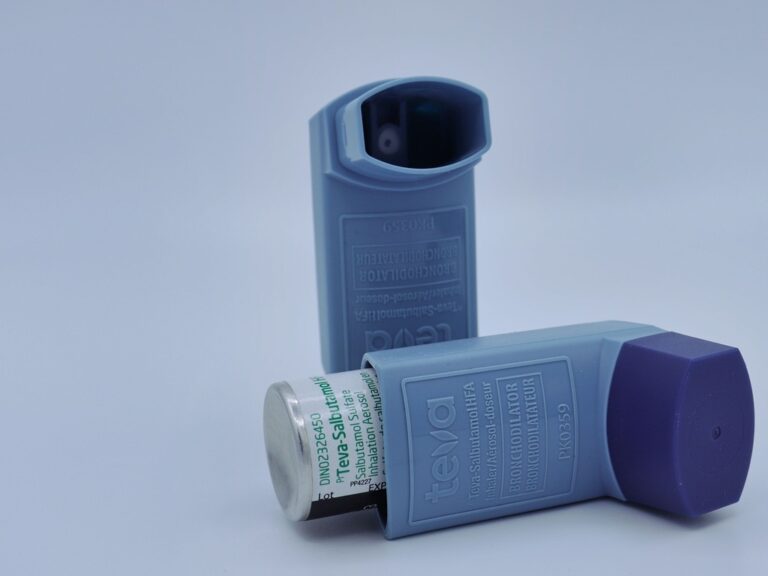Living with asthma doesn’t have to mean giving up on exercise. In fact, regular physical activity can be beneficial for people with asthma, helping to improve lung function and overall fitness. Here are some exercise tips for people with asthma to help them stay active and breathe easier.
Consult Your Doctor
Before starting any exercise program, it is essential to consult with your doctor or healthcare provider. They can assess your asthma severity and provide personalized advice on which activities are suitable for you.
Warm Up Gradually
Starting with a proper warm-up is crucial for people with asthma. Gentle stretching and low-intensity activities like walking or cycling can gradually prepare your body for more vigorous exercise, helping to prevent asthma symptoms.
Choose Suitable Activities
Not all exercises are created equal when it comes to asthma. Opt for activities that involve steady, controlled breathing, such as swimming, walking, cycling, or yoga. These low-impact activities can help improve lung capacity without putting excessive strain on your respiratory system.
Pace Yourself
Listen to your body and pace yourself during exercise. Pushing too hard too quickly can trigger asthma symptoms. Start slowly and gradually increase the intensity and duration of your workouts over time, allowing your body to adapt to the increased demands.
Consider Indoor Workouts
Outdoor exercise may expose you to triggers such as pollen, pollution, or cold air that can worsen asthma symptoms. If outdoor conditions are not ideal, consider indoor alternatives like working out at a gym, using a treadmill or stationary bike, or participating in indoor classes.
Take Medication as Prescribed
Always ensure you have your prescribed asthma medication with you during exercise. It is recommended to use a bronchodilator inhaler before starting your workout to help open up your airways and minimize the risk of exercise-induced asthma symptoms.
Monitor Your Breathing
Pay attention to your breathing during exercise and be mindful of any signs of respiratory distress. If you experience wheezing, chest tightness, shortness of breath, or coughing, take a break, and if needed, utilize your inhaler as directed by your healthcare provider.
Be Prepared for Emergencies
While asthma attacks during exercise are rare, it is important to be prepared for emergencies. Inform someone about your asthma condition and carry identification indicating your condition. If symptoms worsen, seek immediate medical attention.




